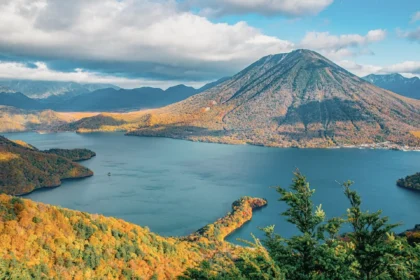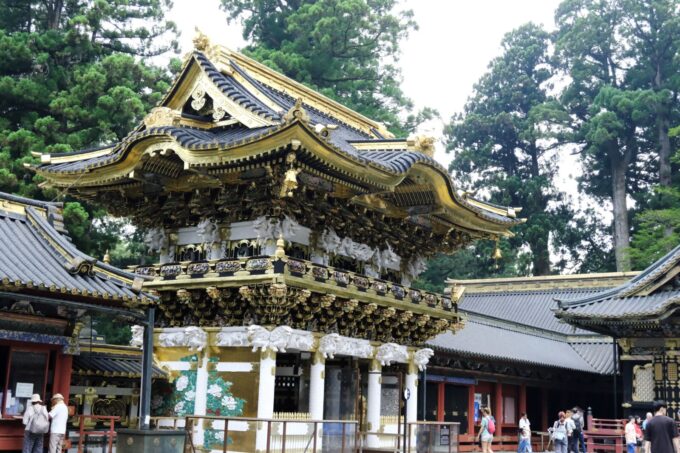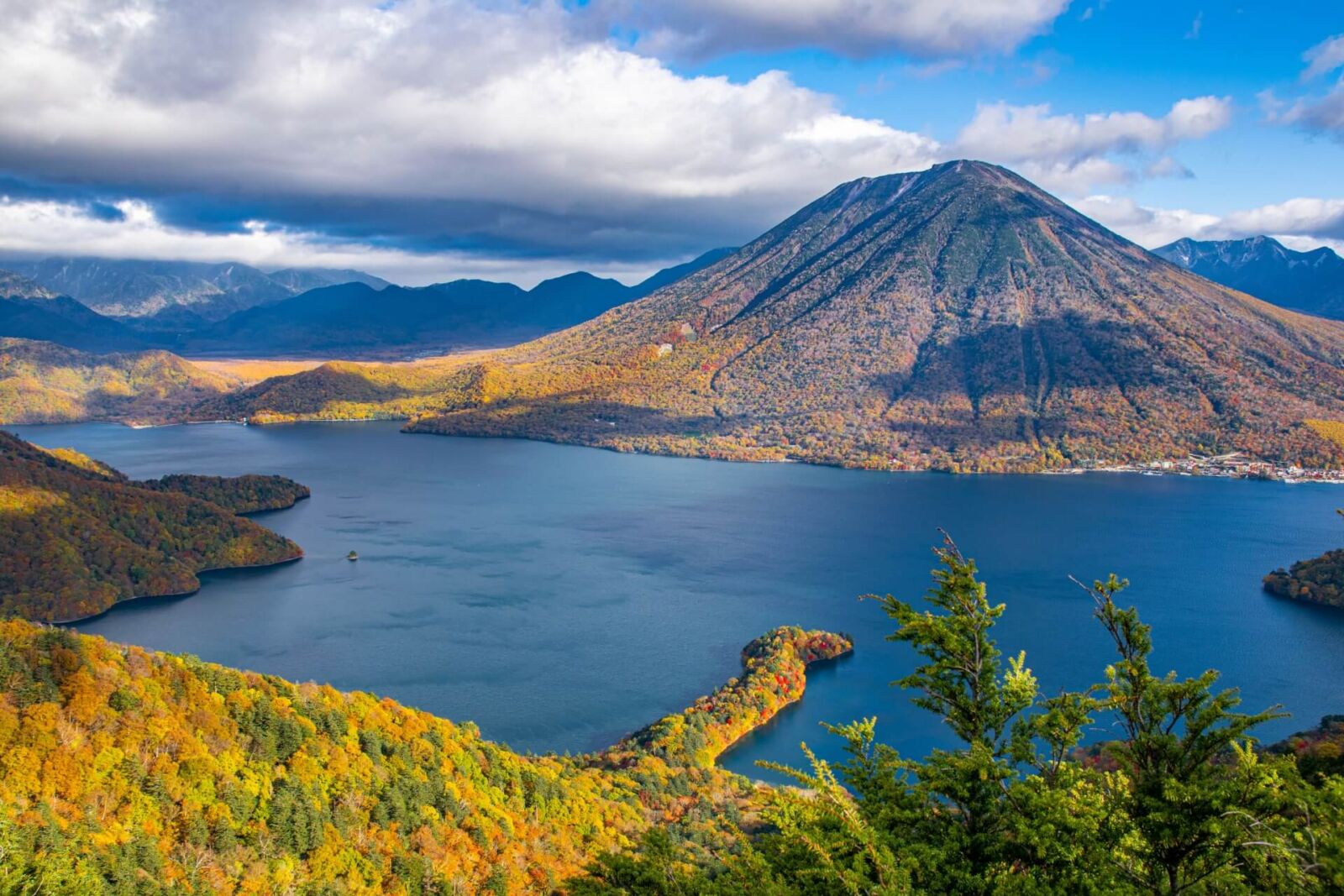
The historic and mountainous landscape of Nikko is home to some amazing scenery and culturally rich attractions. Most famous for its UNESCO World Heritage status, National Park and for being an Onsen (Hot Spring) resort area, you can have a well balanced stay of relaxation, culture and nature. Two days is a perfect amount of time to spend in Nikko to do some exploring and see most of what Nikko can offer you. To help you navigate the tricky question of how you should spend your short time wisely in Nikko, we have an itinerary suitable for a 48 hour stay. We hope this page will give you the inspiration you need! On this page you will find the following information :
— How to Spend 48 Hours in Nikko
— 20 Best Things to Do In & Around Nikko
— Where to Stay In & Around Nikko
WHERE IS NIKKO?
Nikko is a small city in Tochigi Prefecture, approximately 150KM / 2.5 to 3 hours to the north of Tokyo. Nikko is most famous for its striking Shinto shrines and mausoleums, that commemorate Tokugawa Ieyasu – the founding ruler of the Tokugawa Shogunate. Inscribed on the World Heritage list in 1999, the Nikko shrine and temple complex attracts millions of visitors each year. Nikko and the surrounding region also boasts ‘onsen’ (natural hot spring) towns and the natural attractions of Nikko National Park. For visitors heading to Nikko from Tokyo, it is quick and easy to reach with a range of train services connecting the two – the easiest of which takes just under 2-hours, using the Tohoku Shinkansen to Utsunomiya Station and then transferring to the local JR Nikko Line. For full details, see ‘Getting to & Around Nikko’ below.
HOW TO SPEND 48 HOURS IN NIKKO
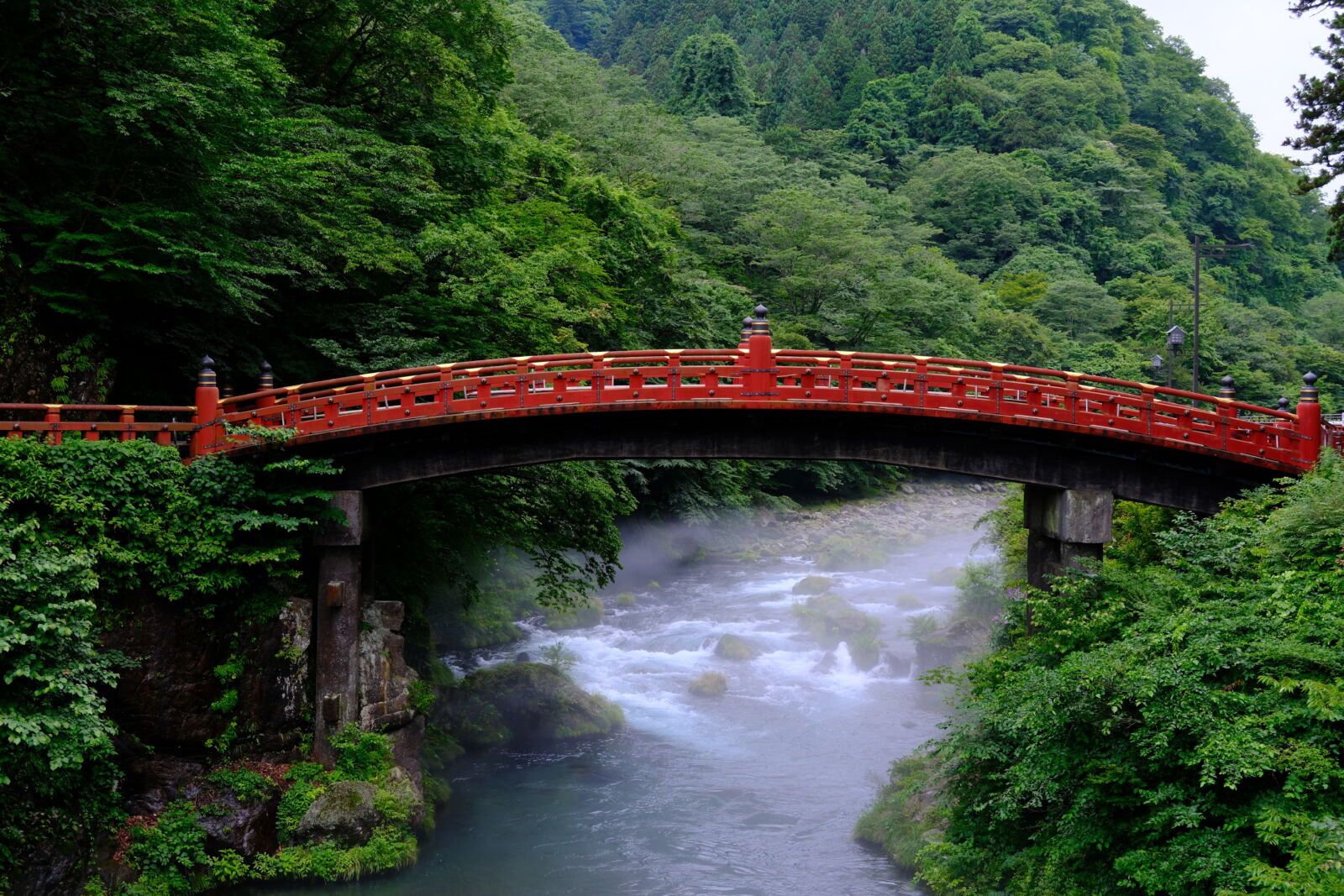
Nikko is a green and spiritual landscape, and makes for the perfect escape from the bustling city of Tokyo with so much to see and do. Having only 48 hours here may feel daunting and leave you unsure on where is best to get the most out of your time. However, we have crafted an itinerary for the perfect two days in Nikko! It is also worth noting that travellers to Nikko are able to purchase both two day and even four day Nikko passes. These passes enable you to have a round trip on the Tobu Tojo Line to Nikko from Tobu Asakusa station (the pass only covers the basic fee, and an additional ticket is needed for the limited express train services which will get you to Nikko in just 110 minutes), unlimited access and use of the Nikko sightseeing buses, and discounts at a variety of popular attractions. Check out the official Nikko website for more details.
Nikko can be easily divided into two parts. Part one you can focus solely on the National Park with its shrines and temples, as well as other cultural attractions. Part two you can put all your time into enjoying the natural landscape and scenery. This is the approach we have taken for our suggested itinerary which offers balance and the best of both worlds. Read on to see our suggestions for your two day trip!
Day 1 - History and Culture
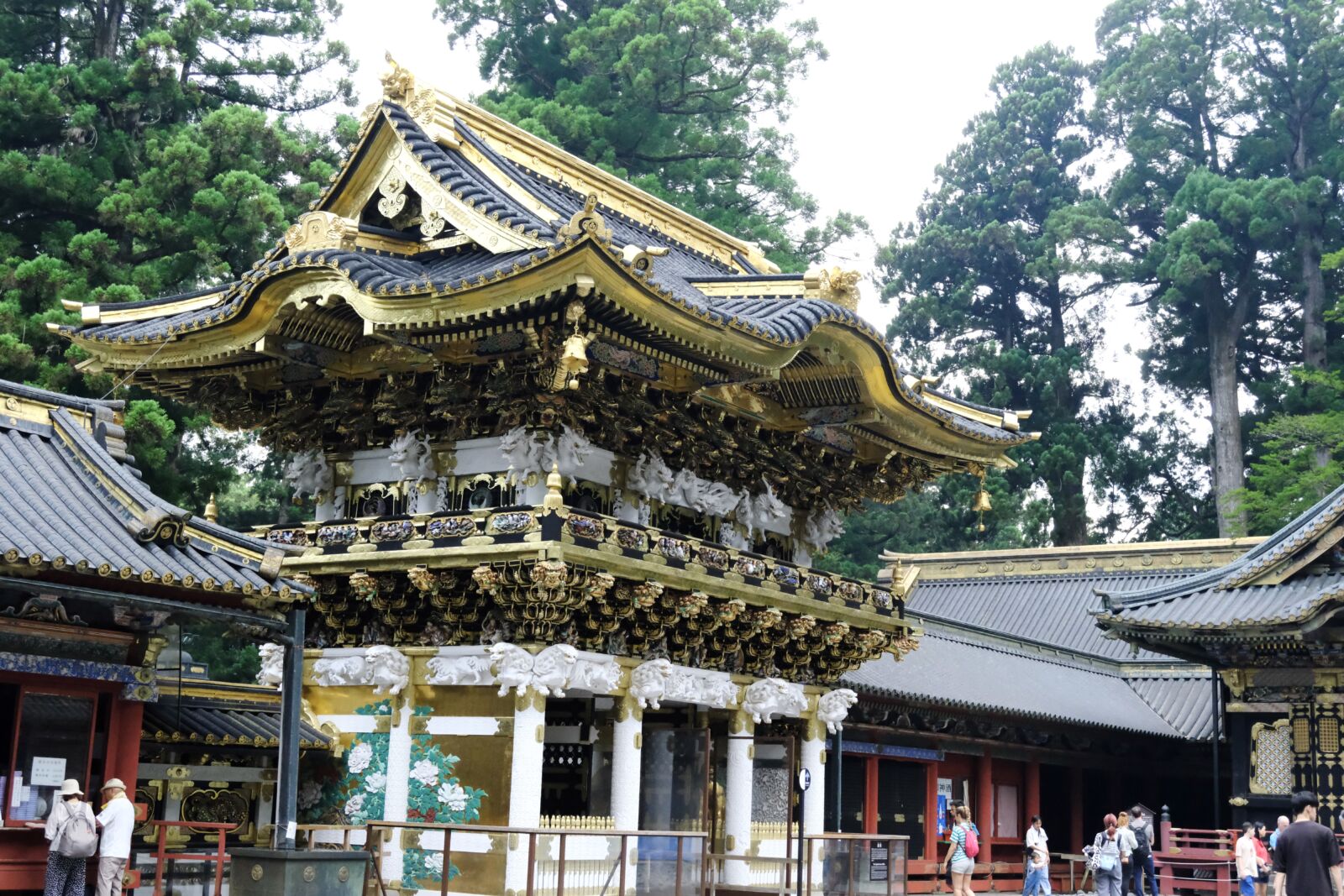
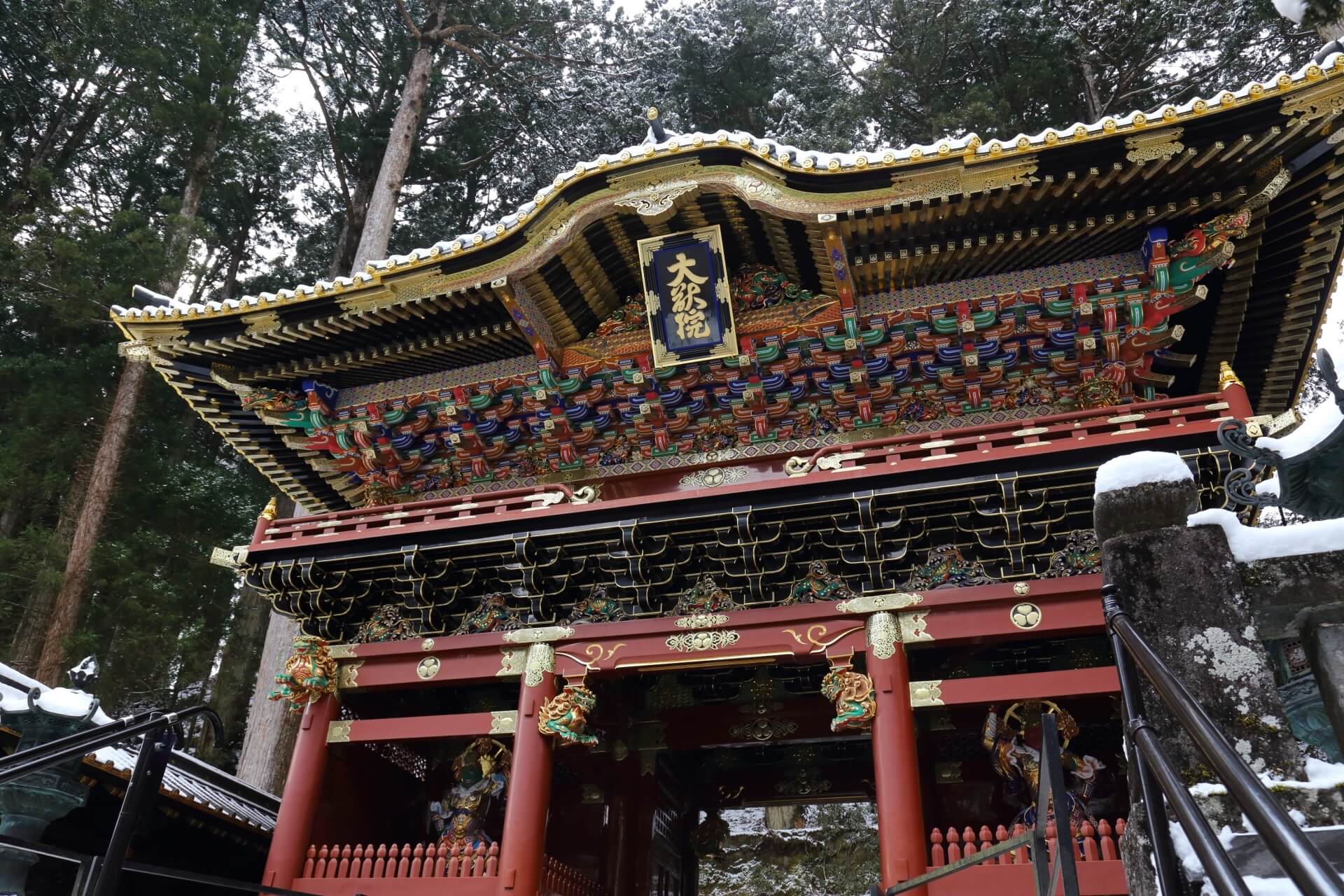
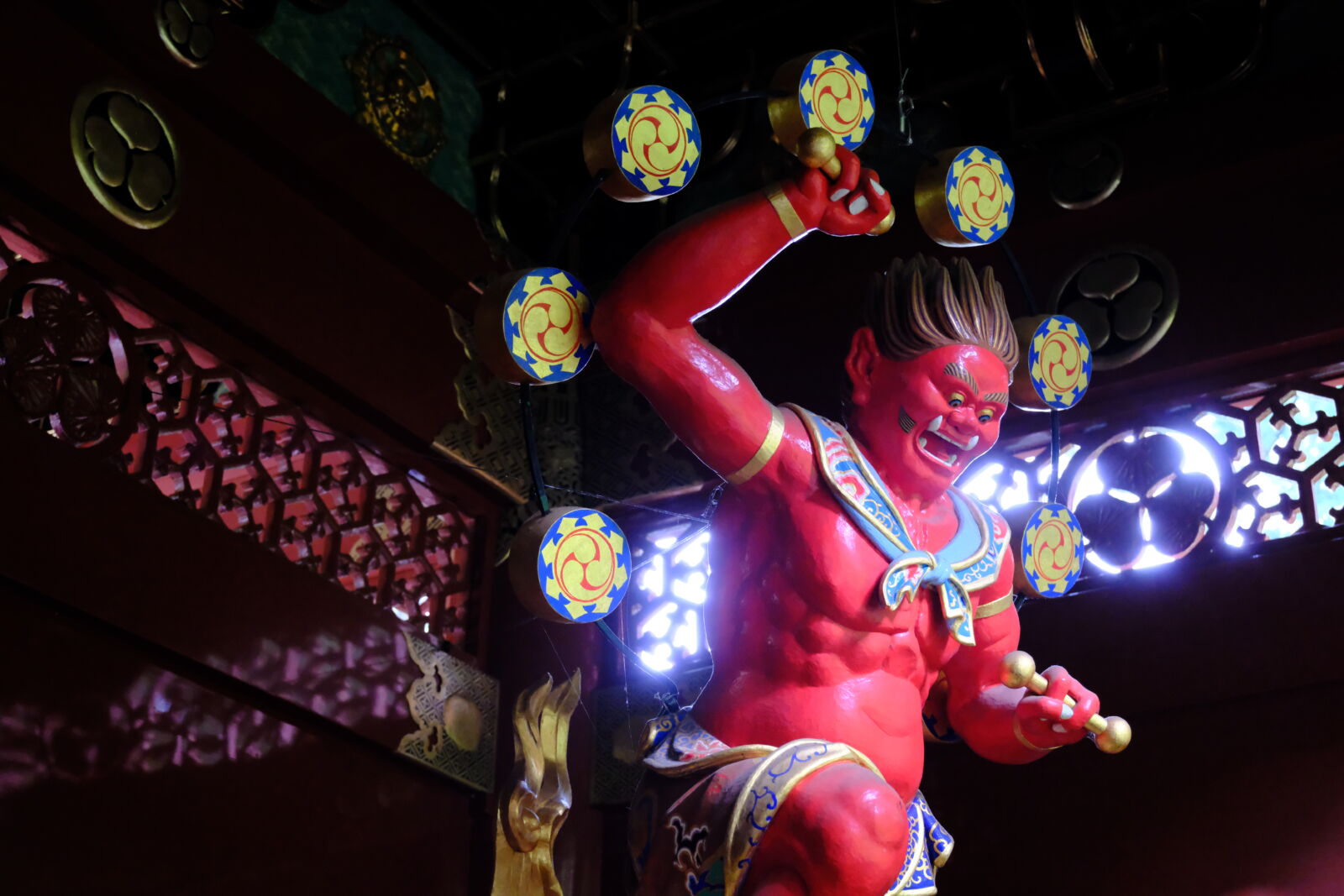
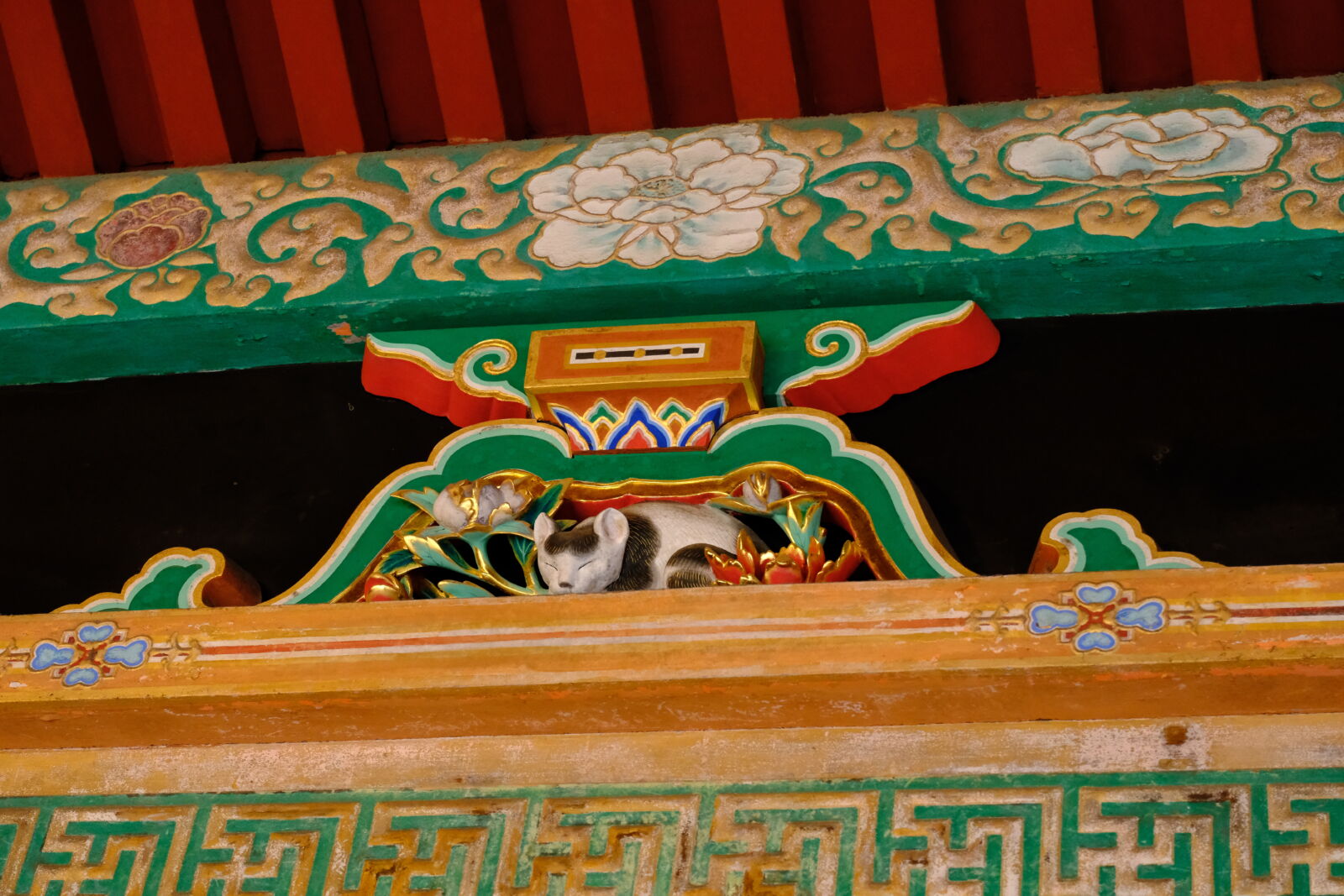
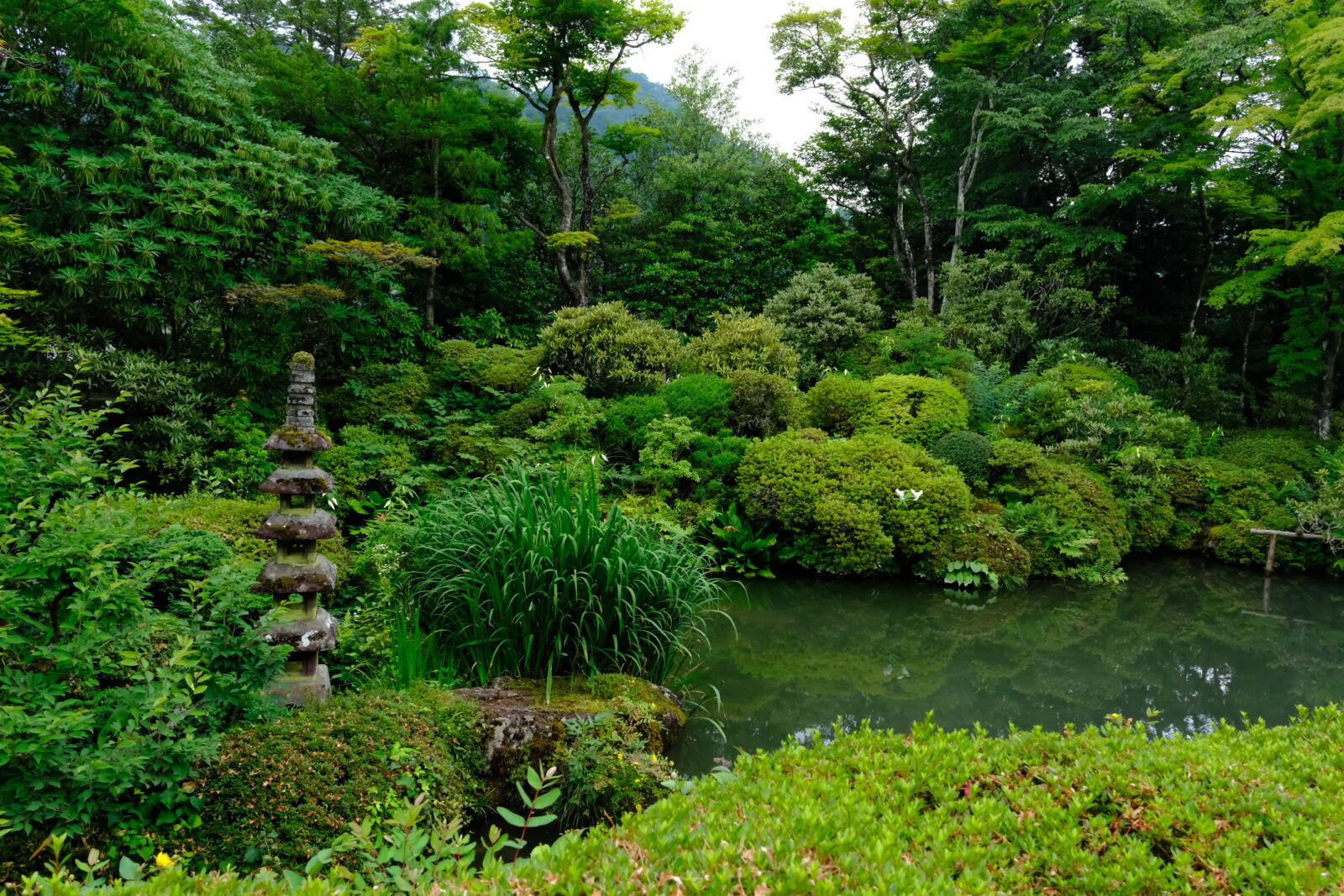
Morning :
For Day 1, we recommend focusing your time on the National Park and Heritage site of Nikko. Arrive in Nikko nice and early to begin exploring! The National Park and Heritage site is home to four shrines and temples - Taiyuin Temple, Futarasan Shrine, Nikko Toshogu Shrine and Rinnoji Temple. We recommend hopping on the Nikko sightseeing bus to the Shinkyo bus stop which will take approximately 10 minutes from Tobu Nikko station depending on traffic. For your first stop, take in the glorious sight of the iconic Shinkyo Bridge, an historic bridge dating back to 1639! You can enjoy great views of the bridge from the main road, but if you wish to go onto the bridge you can for a small fee of 300 yen.
From Shinkyo, head into the National Park to explore Rinnoji Temple and Shoyoen Garden. Inside the main hall, visitors will be delighted by the sight of three large, gold-lacquered wooden statues of Buddhist deities. The temple has a small but fantastic treasure house which has artefacts from the Tokugawa Shogunate era. The temple grounds is also home to Shoyoen Garden. This Zen Buddhist garden was once where the Samurai would come to meditate. After Rinnoji Temple, explore Nikko Toshogu Shrine! Probably the most famous place to visit in all of Nikko, the shrine is where the first Tokugawa Shogunate, Tokugawa Ieyasu is enshrined and buried, and you can visit his mausoleum. The shrine leaves you stunned with its abundance of gold leaf, brightly painted structures and ornate wooden carvings including the famous three wise monkeys and sleeping cat. Make sure to check out the neighbouring Nikko Toshogu Museum to marvel at artefacts dating back to the Edo period and from Tokugawa’s life including his Samurai swords, armour and personal items.
Afternoon :
Take your lunch break at one of the many cafes and small eateries in the National Park. Once you have refuelled move onto your next destination, Futarasan Shrine. This Shinto Shrine is dedicated to the three Mountain Gods/ Deities of Nikko. As you enter the main area of the shrine, you will be greeted by a golden Rabbit! Rabbits in Japan are said to represent good fortune and success. Over time Futarasan has also become known for the good fortune it brings to relationships and match making, therefore visitors will see a lot of heart shaped motifs around the shrine’s grounds.
Move onto the fourth and final religious site of the Heritage site, Taiyuin Temple. Taiyuin Temple is the temple of the third Tokugawa Shogunate, Tokugawa Iemitsu who lived from 1604 to 1651. Taiyuin was constructed in 1653. At the temple complex, visitors are able to visit the worship hall where Iemitsu is enshrined, as well as his Mausoleum and resting place. You can’t go into the Mausoleum, but you are able to stand outside of the entrance gate. Taiyuin Temple has a total of 22 listed national treasures on its complex, and like its counterpart Nikko Toshogu Shrine, is an impressive and stunning sight with gold leaf, wooden carvings and brightly painted structures.
Evening and Night :
Make your way on the Nikko sightseeing bus to the Chuzenji Onsen area. Here, we highly recommend booking a one night stay in one of the many wonderful Ryokan and luxury hotels. Many if not all of them here will have onsen (hot springs) that guests can enjoy. Whether you have a private onsen in your room or you are using a public onsen, it is an absolute must do whilst staying in Nikko. Fuelled by the natural and geothermic powers of the volcanic energy, bathing in onsen in Nikko makes for a very special and relaxing experience. You can also enjoy a delicious and high quality meal at your ryokan and hotel such as a traditional ’Kaiseki’ dinner, making the experience convenient, comfortable and luxurious.
Day 2 - Nature and Scenic Beauty
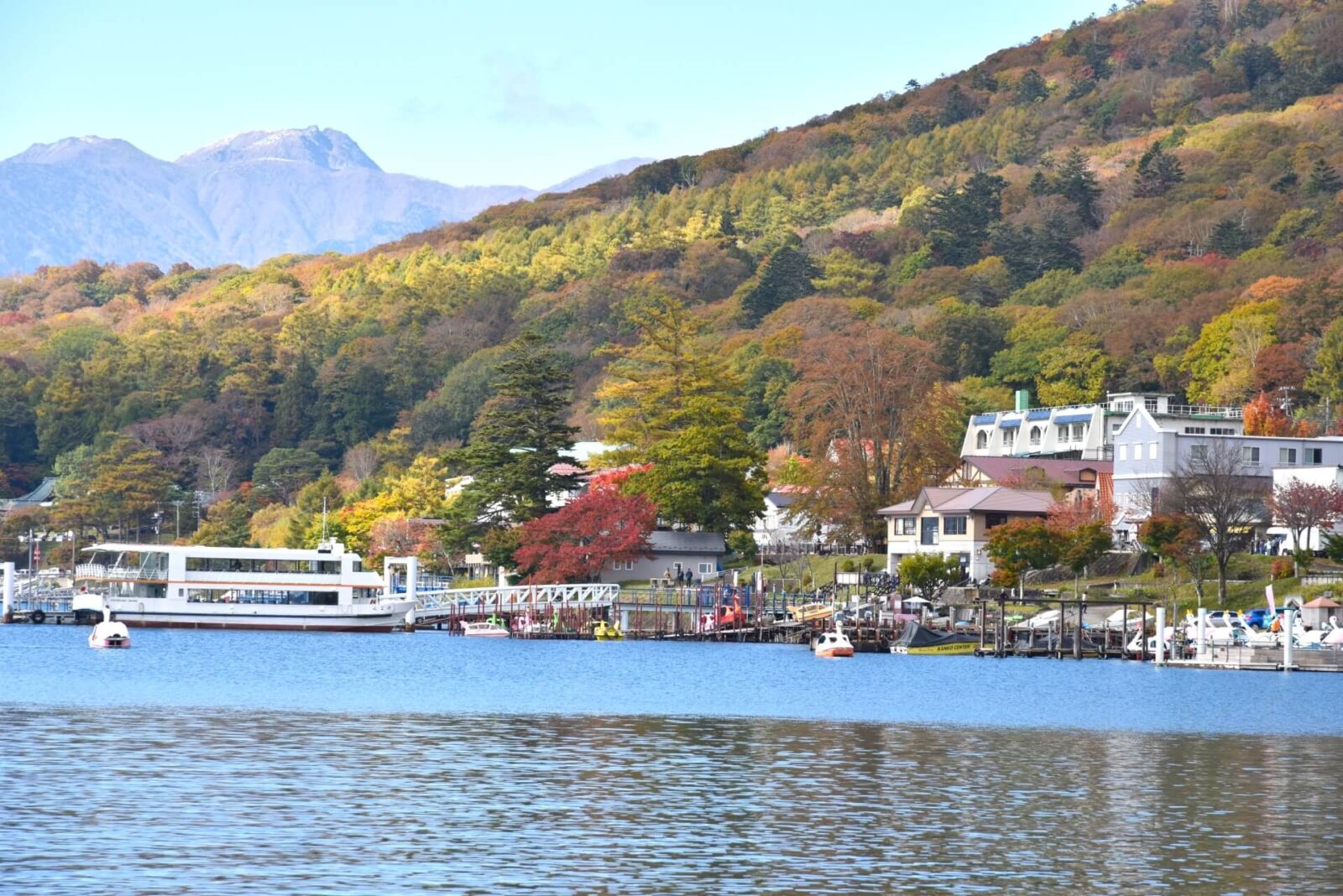
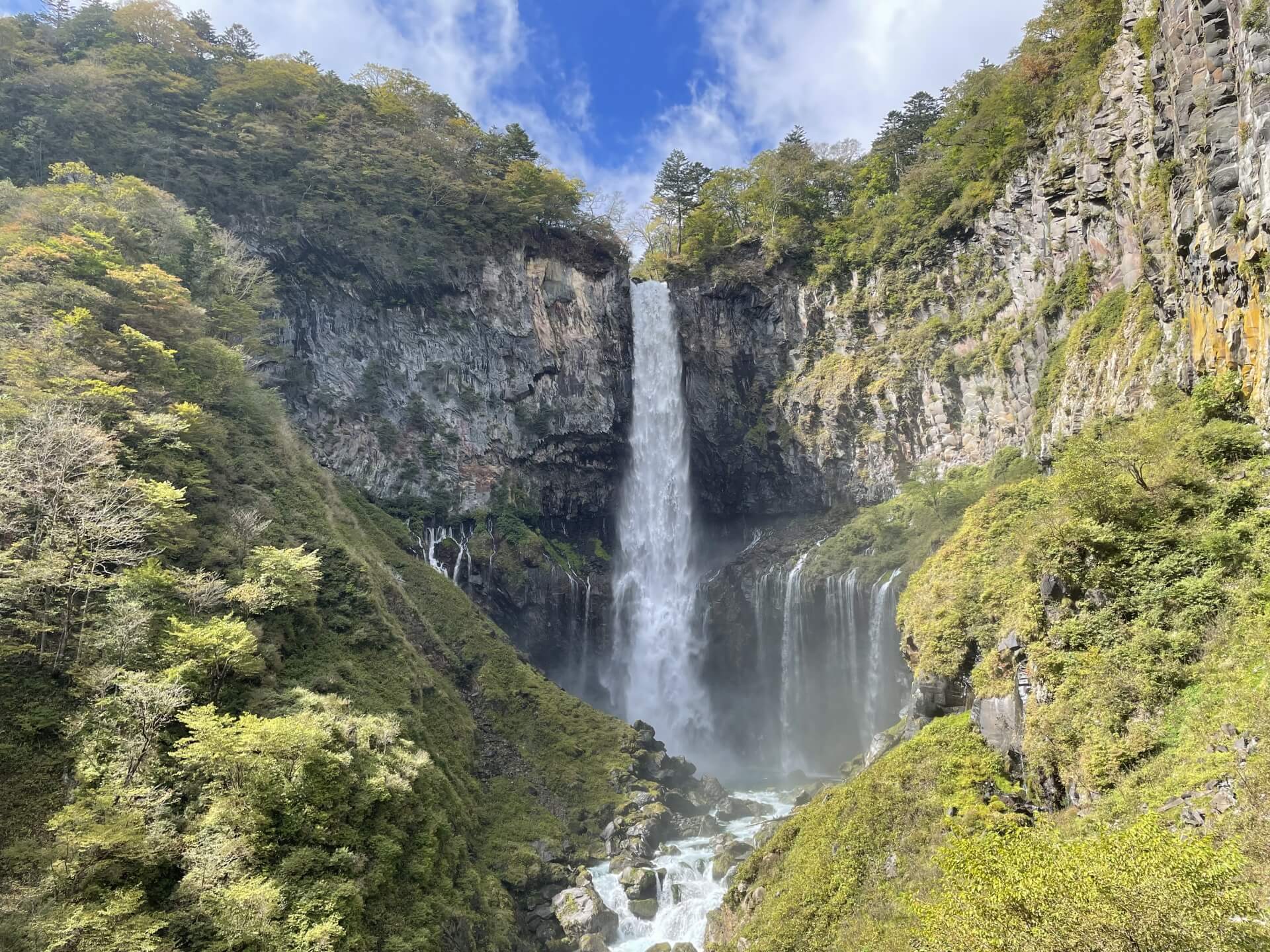
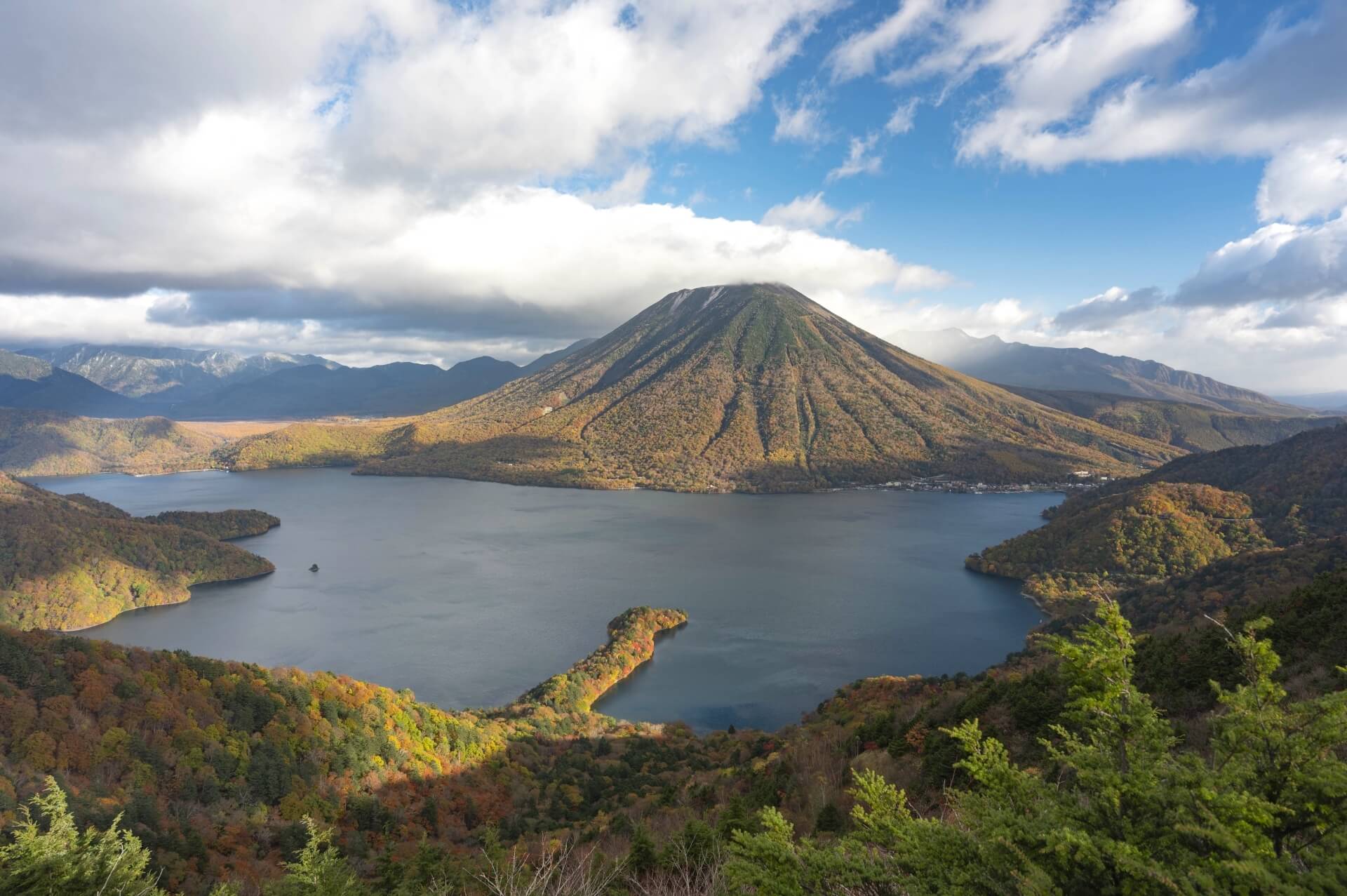
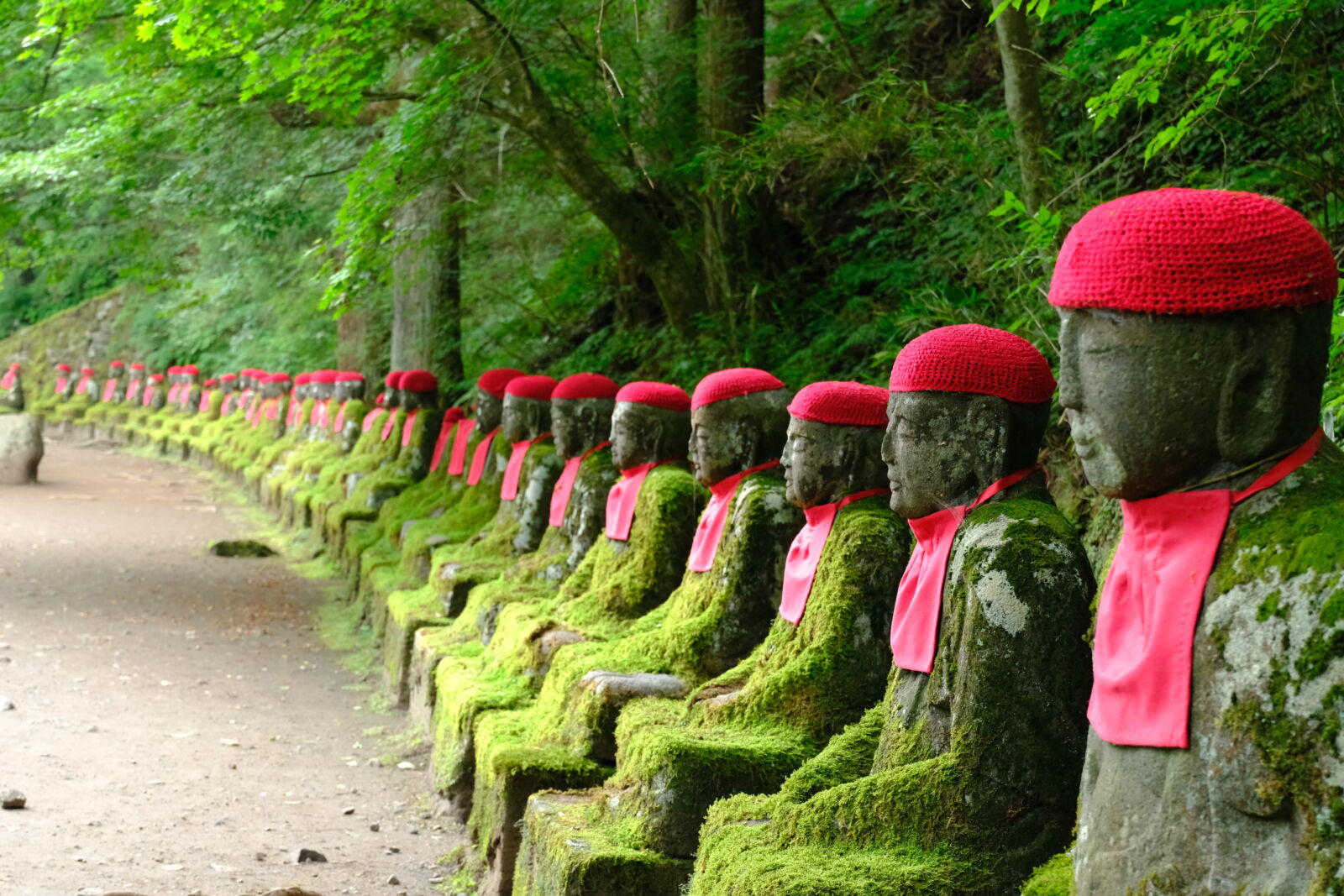
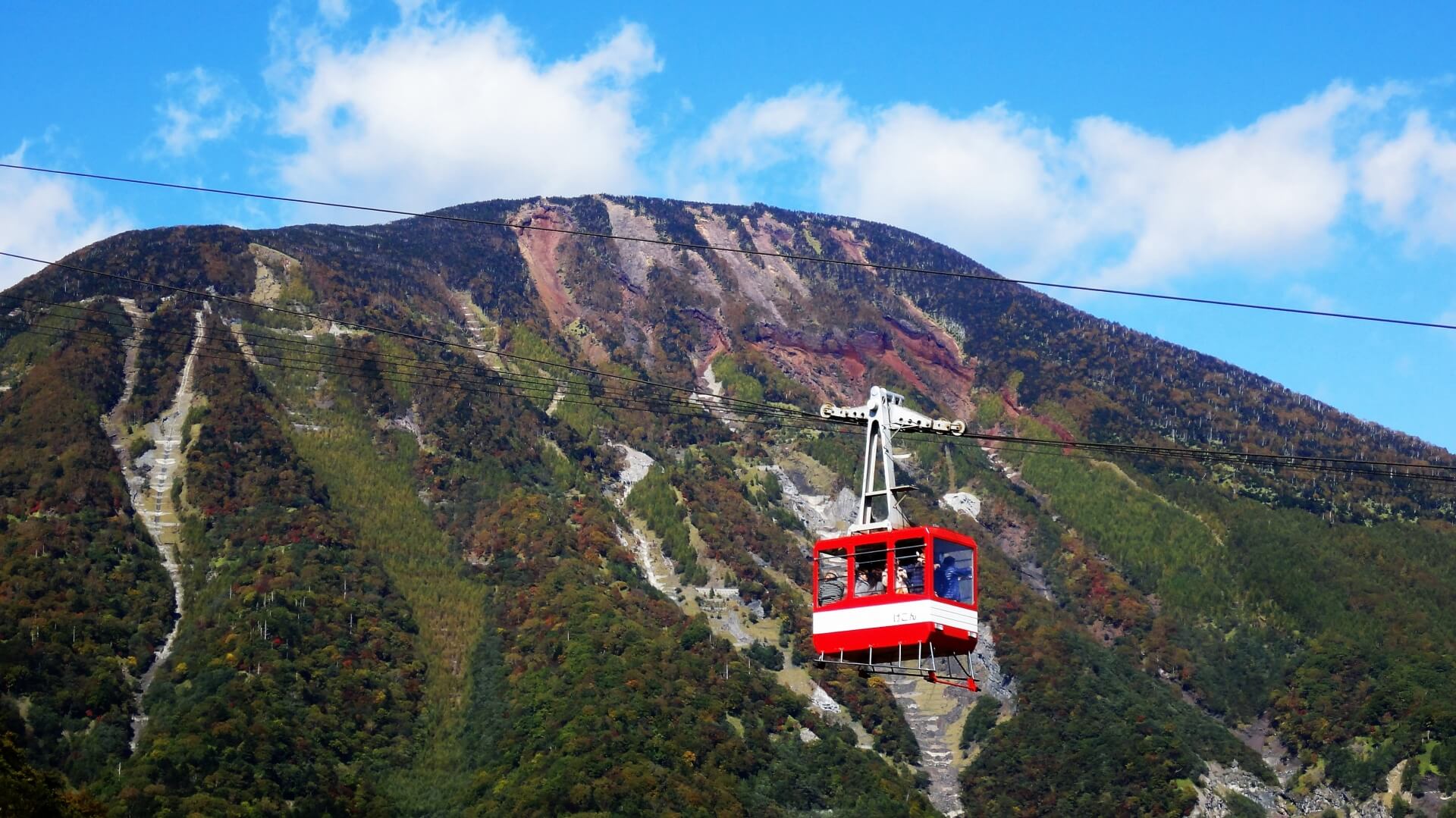
Morning :
For day two, we recommend focusing your efforts on the nature and natural beauty of Nikko! Start your second day in Nikko by taking in the stunning sights of the natural landscape of the Chuzenji Onsen area. For your first stop, head to Lake Chuzenji. This beautiful lake is located at the base of Mount Nantai and is famous for its spectacular views of the Mountain and surrounding landscape. It is especially beautiful in the Autumn when the leaves across the mountainous landscape change colour to vidid reds, golds, oranges and brown. Here, you can take a boat cruise or simply enjoy walking along the lake.
From here, take the short journey to Kegon Falls! Kegon Falls is one of Japan’s most famous waterfalls. Here visitors can take an elevator to an observation platform which sits close to the base of the waterfall where you enjoy fantastic views and feel truly engaged with nature.
Afternoon :
We recommend having your lunch break at one of the many lakeside cafes or restaurants to enjoy local specialities such as Yuba, fresh Trout and seasonal vegetables. After your lunch break, head to nearby Akechidaira Plateau and Ropeway, another spectacular nature viewing spot! Akechidaira is a great scenic lookout point which offers panoramic views of Nikko. Visitors can enjoy taking the Akechidaira Ropeway up to the observation deck. The ride only takes approximately 3 minutes and offers incredible views along the way. From the observation deck, you will be greeted with breathtaking views of Kegon Falls, Mount Nantai and Lake Chuzenji all in one place!
After enjoying all Akechidaira has to offer, hop back on the Nikko sightseeing bus to the ’Nikko Tamozawa’ bus stop. From the bus stop, walk the 10 minutes to your final destination - Kanmangafuchi Abyss. A stunning gorge, and very much a hidden gem in the Nikko area. You can comfortably spend around 30 minutes here walking among nature and enjoying the views. It is especially beautiful in the Autumn when the Abyss is shrouded in gold and red leaves. The Abyss was created from volcanic activity and the eruption of Mount Nantai around 7000 years ago, where lava seeped into the area and created the gorge shape you see today. The gorge has a small temple called Jiun-ji which was founded in 1654 by a Buddhist Monk of high ranking. The Jizo statues there also known as ’Bake Jizo’ (Ghost Jizo) are one of the most notable parts of the gorge and Abyss.
Evening and Night :
From Kanmangafuchi Abyss, you can hop back on the Nikko Sightseeing bus back to Tobu Nikko or JR Nikko stations to get your train to your next destination in Japan! The journey will take approximately 10 - 15 minutes depending on how busy the bus is. Before hopping on your train, we highly recommend spending 30 minutes to 1 hour popping into the local shops near the station to pick up the perfect souvenirs from your trip! We hope this two day itinerary has provided you with the inspiration and excitement to plan your Nikko stay.
20 BEST THINGS TO DO IN & AROUND NIKKO
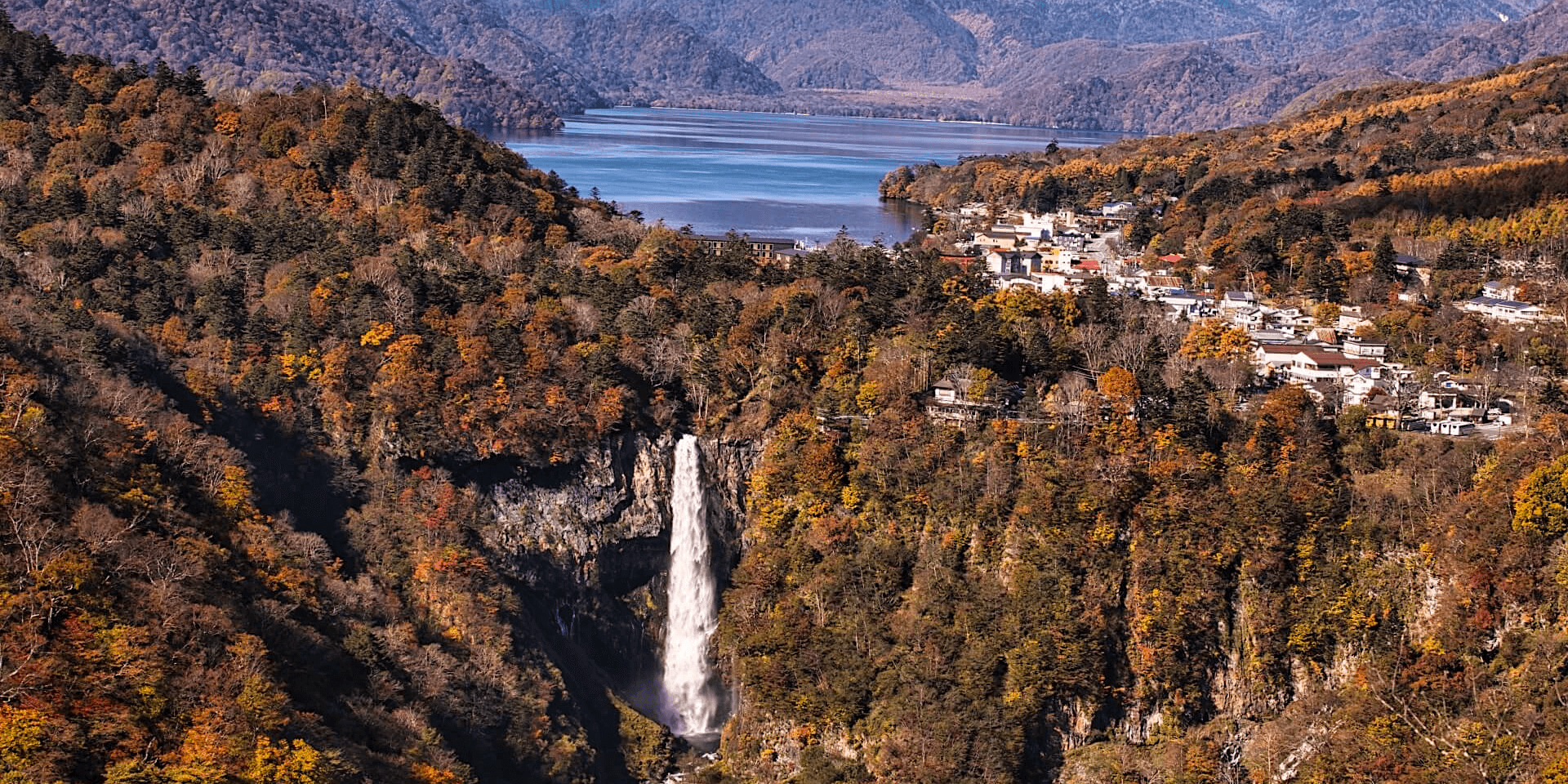
For many international visitors to Japan, Nikko is one of their ‘must-visit’ destinations thanks for the 17th century shrines and temples that are arguably the most beautiful historic buildings in the country. Spread across the Shinto shrines complexes of the ‘Toshogu’ and ‘Futarasan’ and the Buddhist temple complex of ‘Rinno-ji’, the Nikko shrine and temple complex comprises one hundred and three religious buildings set amongst a splendid natural setting. The main buildings of interest lie within an area of a couple of kilometres, making them easy to access on-foot or using frequent bus services that loop around the main sites. It is a destination that can be enjoyed all-year-round as each season highlights the beauty of the complex in a different manner. Indeed, while the shrines and temples are what draws most visitors to Nikko, once there you’ll discover a beautiful region of natural landscapes including waterfalls, gorges, hiking trails and hot spring towns worth taking time to enjoy over multiple days. Check out our ’20 Things to Do Around Nikko’ page to discover many of the wonderful attractions Nikko has to offer.
If you feel inspired to visit Nikko, join our ’1 Day Tour : Explore Nikko’s World Heritage and National Park’ tour which visits many of the attractions and sites mentioned above, and is a well balanced tour of both the Heritage site and nature spots!
WHERE TO STAY IN & AROUND NIKKO
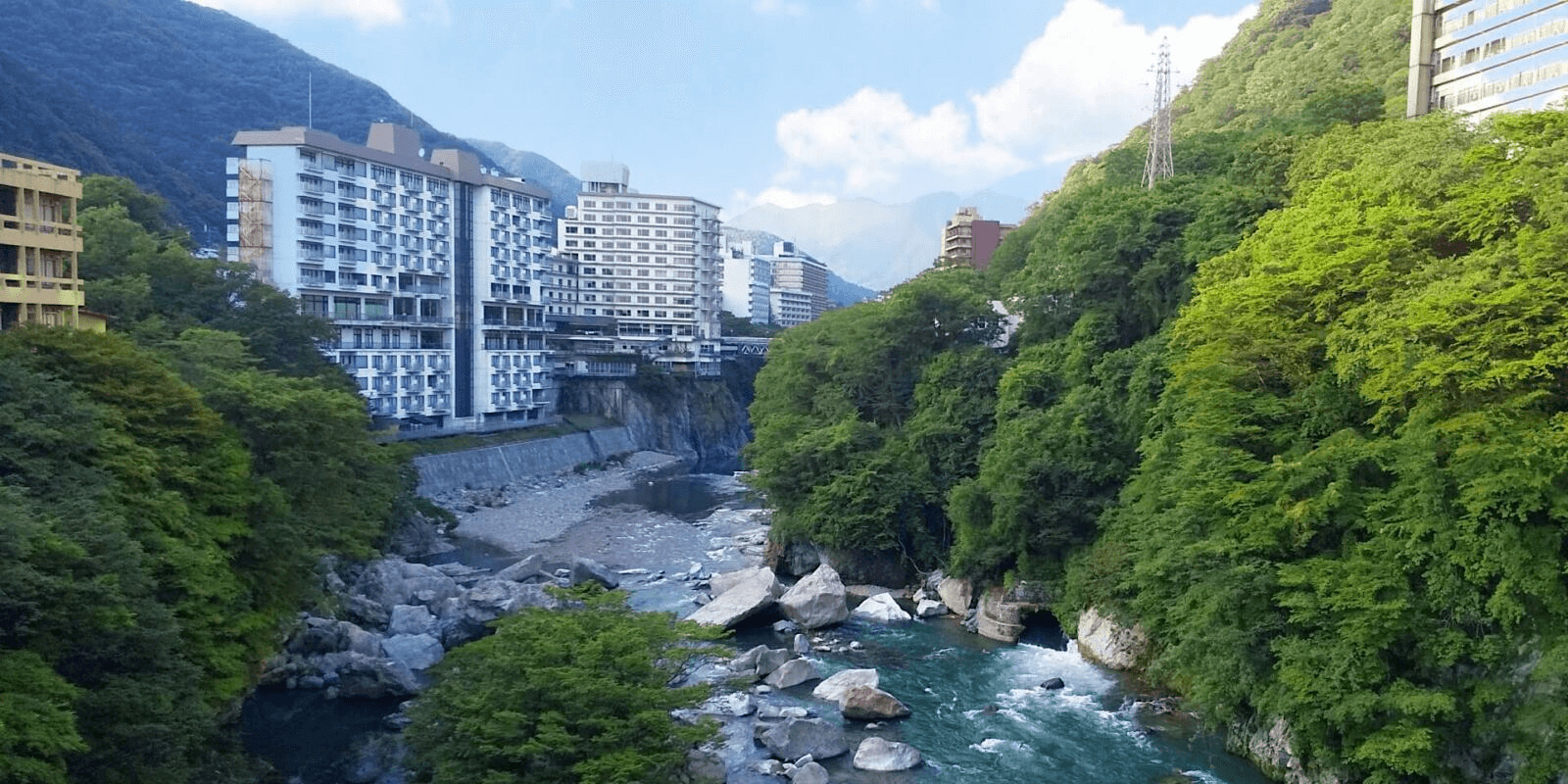
The World Heritage-listing of the Nikko shrine and temple complex ensures that it attracts millions of visitor each year. With that, there is plenty of accommodation to choose from in the centre of Nikko town with just as much in the surrounding areas and hot spring towns. Thanks to its elevation, the area has long been used as a place of retreat from the summer heat and humidity of Tokyo, and to this day Nikko boasts some of Japan’s oldest and best Meiji Period hotels and other accommodation. Check out our ’Nikko – Where to Stay’ page for more information!
GETTING TO & AROUND NIKKO
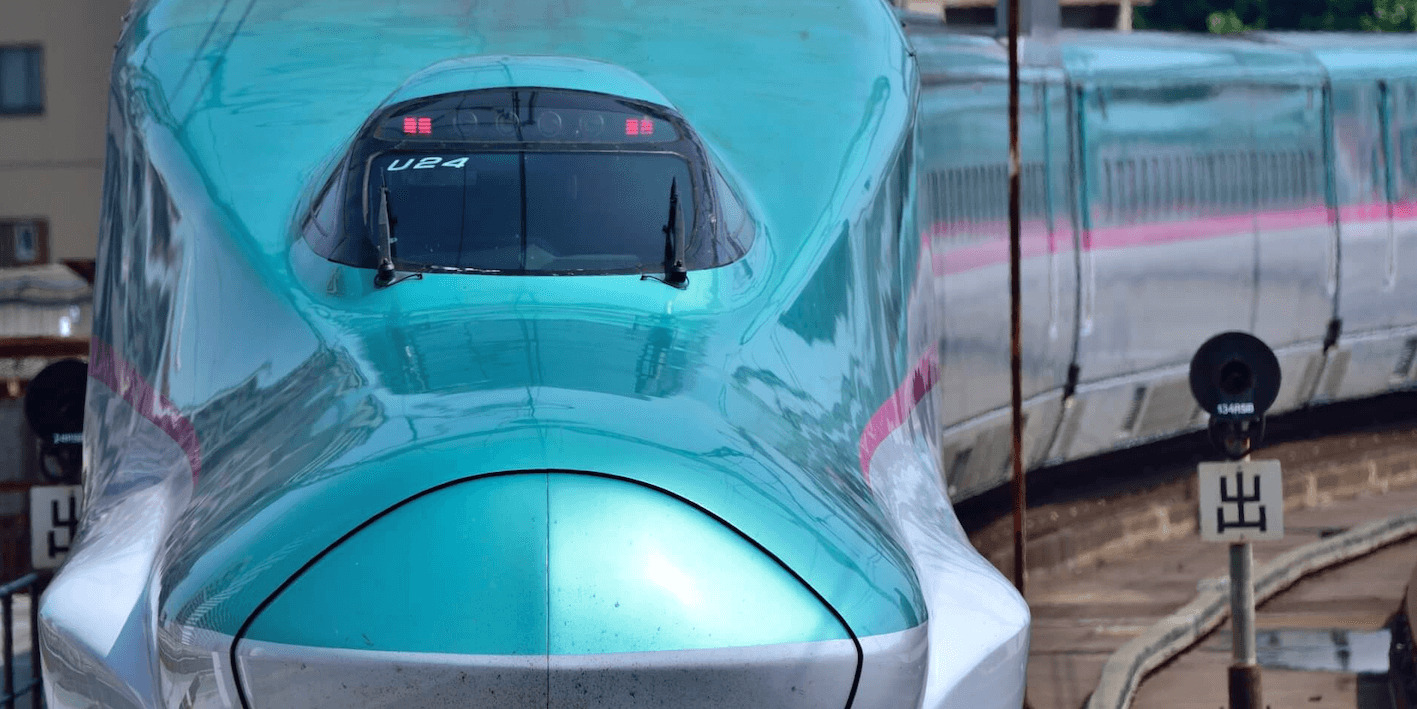
Nikko sits around 160km / 2 hours to the north of Tokyo and is easy to get to using train services running from the capital and other locations. Once in Nikko, bus services operate to and from the most popular destinations with the ‘Nikko Pass All area’ available to visitors. For complete information, see our ‘How to Get to Nikko’ page.
PLAN YOUR VISIT TO JAPAN
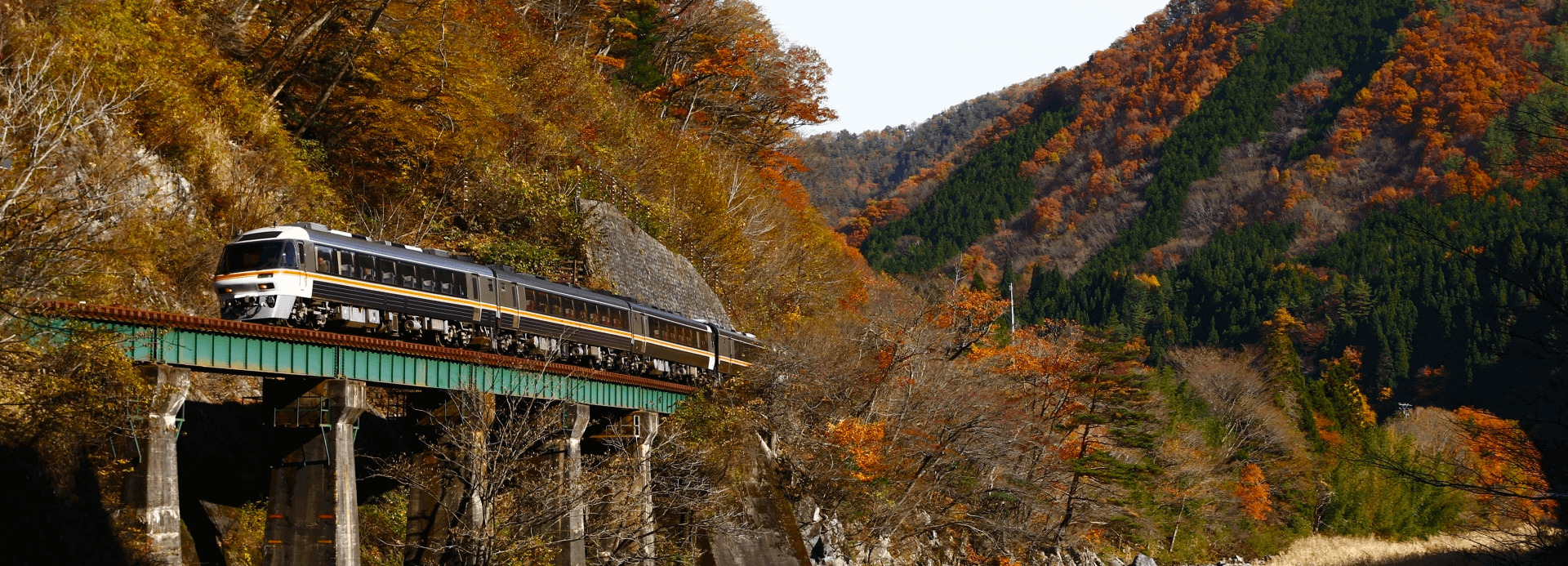

Heading to Nikko using the rail system is quick, easy and comfortable. Unfathomable in its size and efficiency, moving around the country by train opens-up all regions of Japan for exploration. Our ‘Plan Your Visit’ page has everything you need to know about visiting Japan – from tips on the best time to travel, times to avoid, entering and exiting the country, money matters, staying connected, accommodation, staying safe and healthy and plenty more to ensure that you get the most out of your time here.














